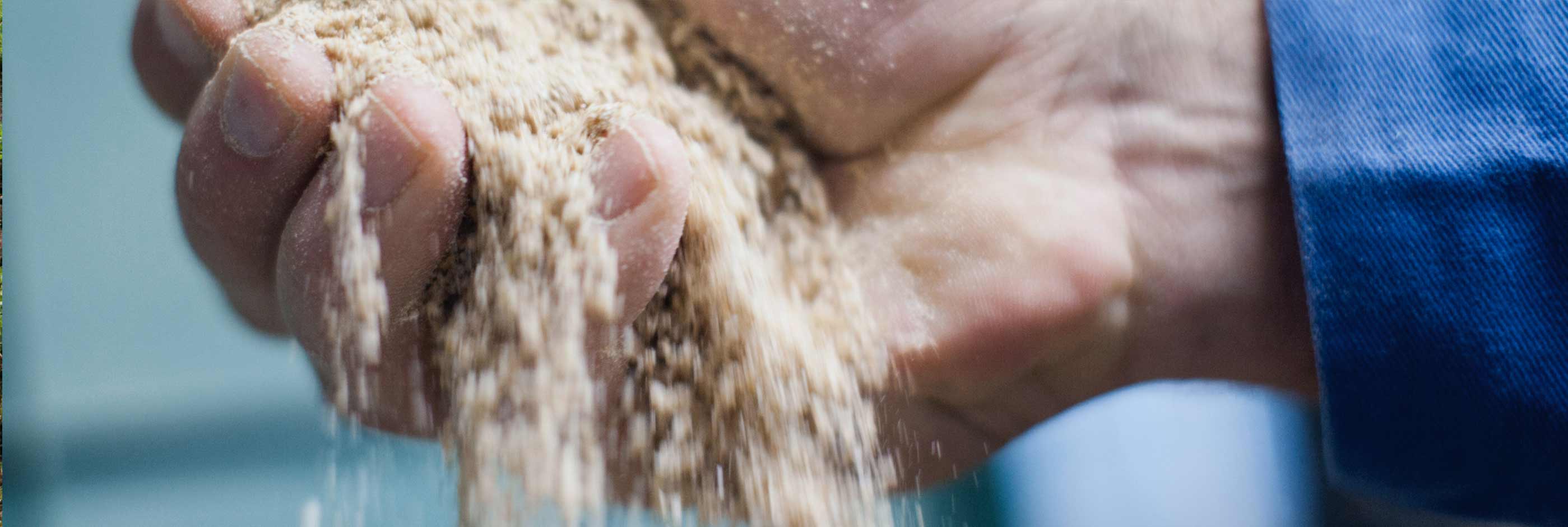Why the incidence of wet litter is still so high in chicken flocks today?
By Hamlet Protein
Chicken meat is, without a doubt, the most sustainable source of animal protein available for feeding a constantly growing world population that has an increasing demand for this type of protein, as purchasing power increases in many highly populated countries.
The unbelievable sustainable development of poultry production has been achieved thanks to extraordinary advances in the fields of genetics, nutrition, farm management and health in the last 50 years. However, even in the most developed markets, there is still much room for maneuver to improve the productive performance and sustainability of modern poultry production. Thus, for example, in a study on the risk factors for poor performance in today’s poultry production (Van Limbergen et al., 2020), carried out with more than 3000 flocks from more than 300 broiler chicken farms throughout the European Union, it was noticed that the most relevant risk factors are: floor quality, prevalence of several intestinal disorders, ventilation type, feed type, chick sex, light intensity adaptations and daily check of feed and water system. In this sense, it should be noted that certain health issues continue to be one of the main elements that undermine the productive performance of chickens in Europe (Table 1), which most probably happens in other regions of the world. Among these poor performance drivers, the high percentage of farms that still today suffer, to a greater or lesser degree, from the wet litter syndrome is striking. Thus, the prevalence of wet litter is the health problem that occurs in a greater number of European farms; almost 60% of the farms!

Critical elements impacting the litter condition include litter material, ventilation, stocking density, seasonality, nutrition being a crucial element to seriously consider. Often, farmers and live production managers do not understand where the wet litter on their poultry farms stems from. Obviously, they do their best at the farm level to fix this nagging problem, which reemerges from time to time. On many occasions, their natural and understandable reaction is to wonder if the cause is in the chicken feed. When the feed formula is questioned, the first question that arises is whether the electrolyte balance of the diet was correct. However, in the vast majority of cases, the unquestionable wisdom of chicken nutritionists guarantees a correct electrolyte balance in the diet, so this is not the origin of the wet litter. In our daily work at Hamlet Protein, we are asked for help many times, trying to figure out where this issue of wet litter comes from. In these cases, the first thing we do is analyze the content of indigestible galacto-oligosaccharides (stachyose and raffinose) in the soybean meal of the feed under suspicion. The most normal thing is that, after analyzing these galacto-oligosaccharides, we find very high levels in soybean meal (up to 10%), which would cause the presence of wet litter on the farm. The stachyose + raffinose content in soybean meal can range from approximately 5 to 10%, as indicated by Garcia-Rebollar et al. in 2016 (Table 2), which matches with the results that we obtain in our laboratories in Denmark and the USA daily.

Research recently published in Poultry Science (Teague et al., 2023) has shown that high levels of these soy galacto-oligosaccharides in the diet of young chicks lead to higher moisture content in bird droppings (Figure 1). Likewise, these same investigations showed that these galacto-oligosaccharides have a negative and linear effect on FCR (Figure 2). In both parameters (excrement moisture and FCR), it was observed that the mean values shoot up when the contents of stachyose and raffinose in the feed are higher than 1.8%.


Figure 1. Effect of dietary soy galacto-oligosaccharides (stachyose and raffinose) content on excreta moisture (%) in 14-d-old chicks.
Figure 2. Effect of dietary soy galacto-oligosaccharides (stachyose and raffinose) content on FCR in 14-d-old chicks.
Based on these findings and our experience analyzing soybean meal from poultry producers suffering from wet litter on their farms, we always recommend not exceeding 1.8% stachyose and raffinose in (pre-) starter diets. Since it is impossible to analyze these anti-nutritional factors in each batch of soybean meal that enters each feed mill, our recommendation is that the soybean meal content in (pre-)starter feeds should always be less than 30%, in order to be on the safe side. In the event that wet litter is present on the farm, then we recommend reducing the soybean meal content to below 25%.
Obviously, in these cases, we need other sources of dietary protein that allow us to satisfy the high amino acid requirements of these very young birds. Various options exist, but poultry nutritionists must assess whether these options may have their own anti-nutritional factors, with the alternatives being even worse than soybean meal. Our proposal is the replacement of part of the soybean meal by enzymatically treated soy protein, which is a protein with an extraordinarily low level of galacto-oligosaccharides and rapid digestion that allows maximum use of its amino acids for tissue synthesis. At Hamlet we have such a clean and fast protein for your chicks!

